Columbus, Indiana, might not be the first place that comes to mind when thinking of architectural marvels, but this Midwestern city has earned international acclaim for its remarkable collection of modern buildings. The small city of just 50,000 residents boasts an astonishing concentration of architectural masterpieces, with glass-forward designs serving as particularly striking elements in many structures.
Here is a list of 18 glass-architecture gems that have made Columbus a surprising destination for architecture enthusiasts worldwide.
First Christian Church
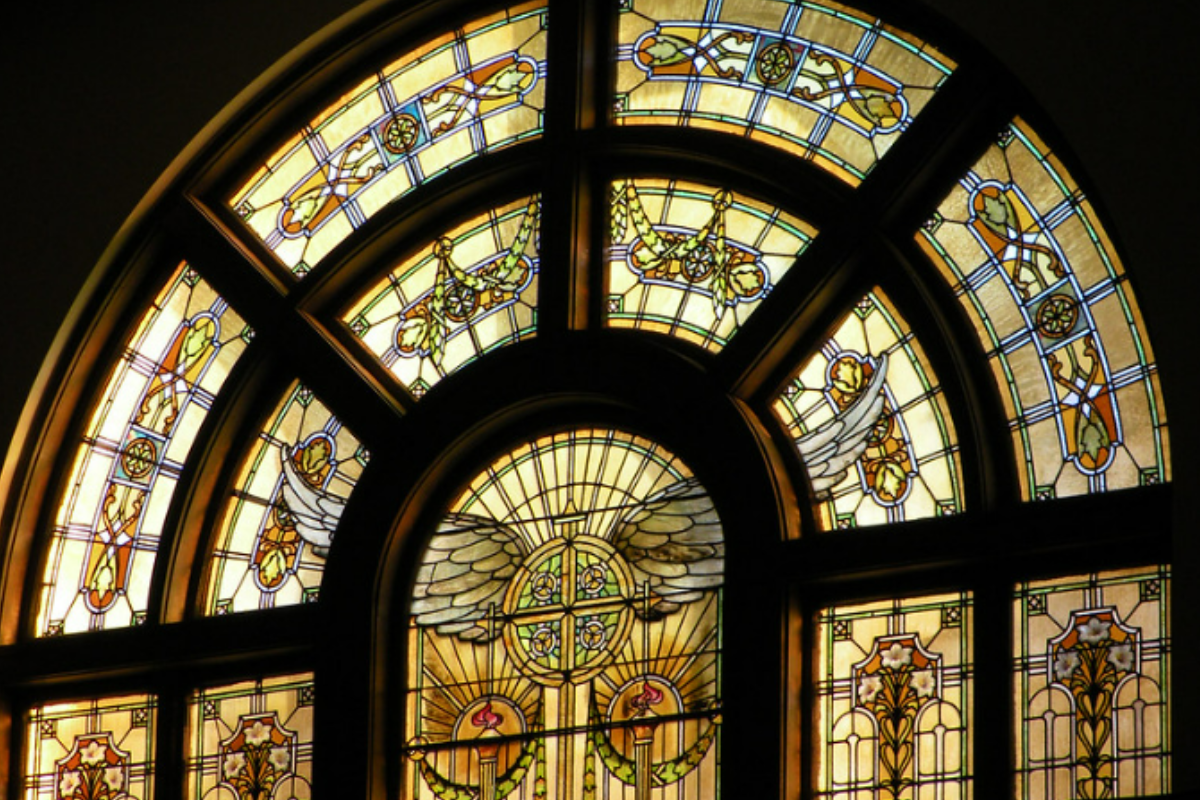
The First Christian Church features an impressive 166-foot glass-enclosed tower that serves as a luminous beacon for the city. Designed by Eliel Saarinen in 1942, this pioneering structure is often considered the building that launched Columbus’s architectural renaissance.
Its sanctuary includes floor-to-ceiling glass panels that flood the interior with natural light, creating an atmosphere of spiritual transcendence.
Miller House
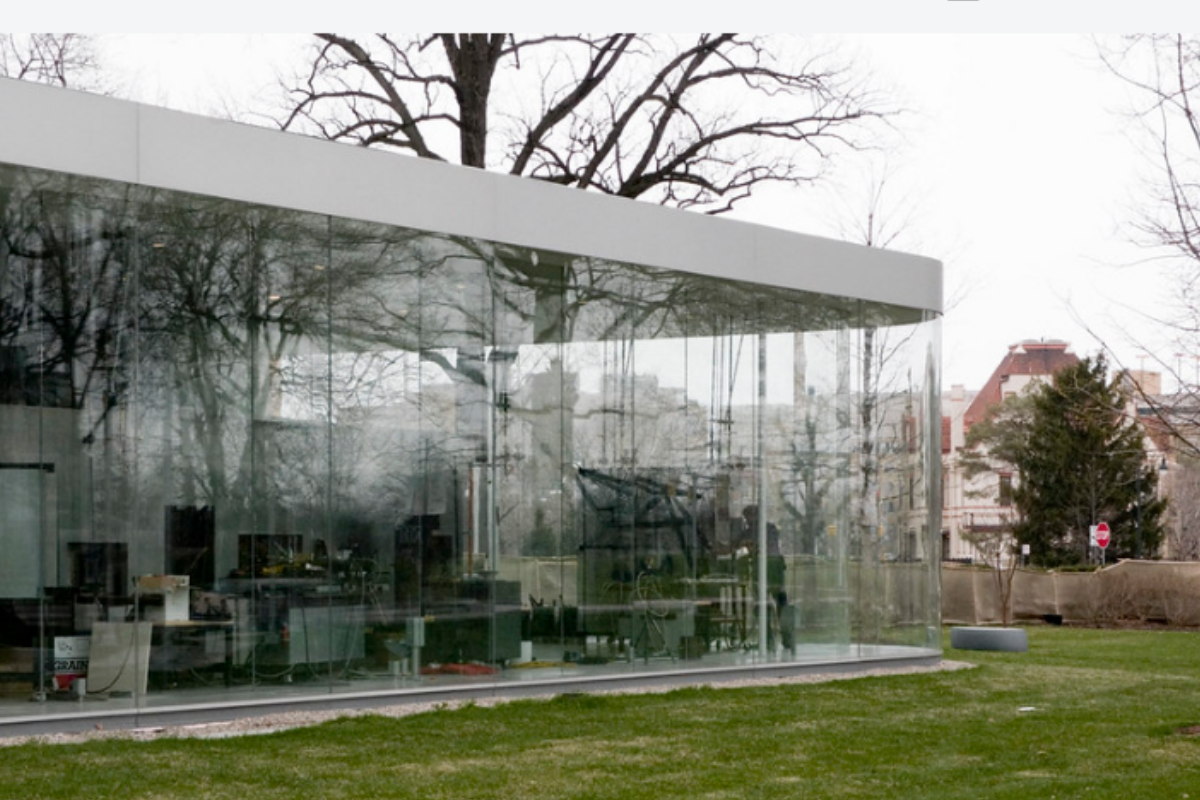
The Miller House, designed by Eero Saarinen, showcases a breathtaking glass pavilion that appears to float above the landscape. Completed in 1957, the residence features a four-foot-tall band of glass that wraps around the perimeter, creating a seamless connection between the interior living spaces and the surrounding garden.
The home’s innovative use of glass walls helped establish a new paradigm for residential architecture in America.
Like Travel Pug’s content? Follow us on MSN.
North Christian Church

This hexagonal church features dramatic triangular glass sections that soar upward toward a central spire. Designed by Eero Saarinen in 1964, the building’s glass elements create dramatic light patterns that change throughout the day, transforming the interior atmosphere.
The architect’s masterful use of glass helps emphasize the spiritual journey toward enlightenment.
Cummins Corporate Office Building
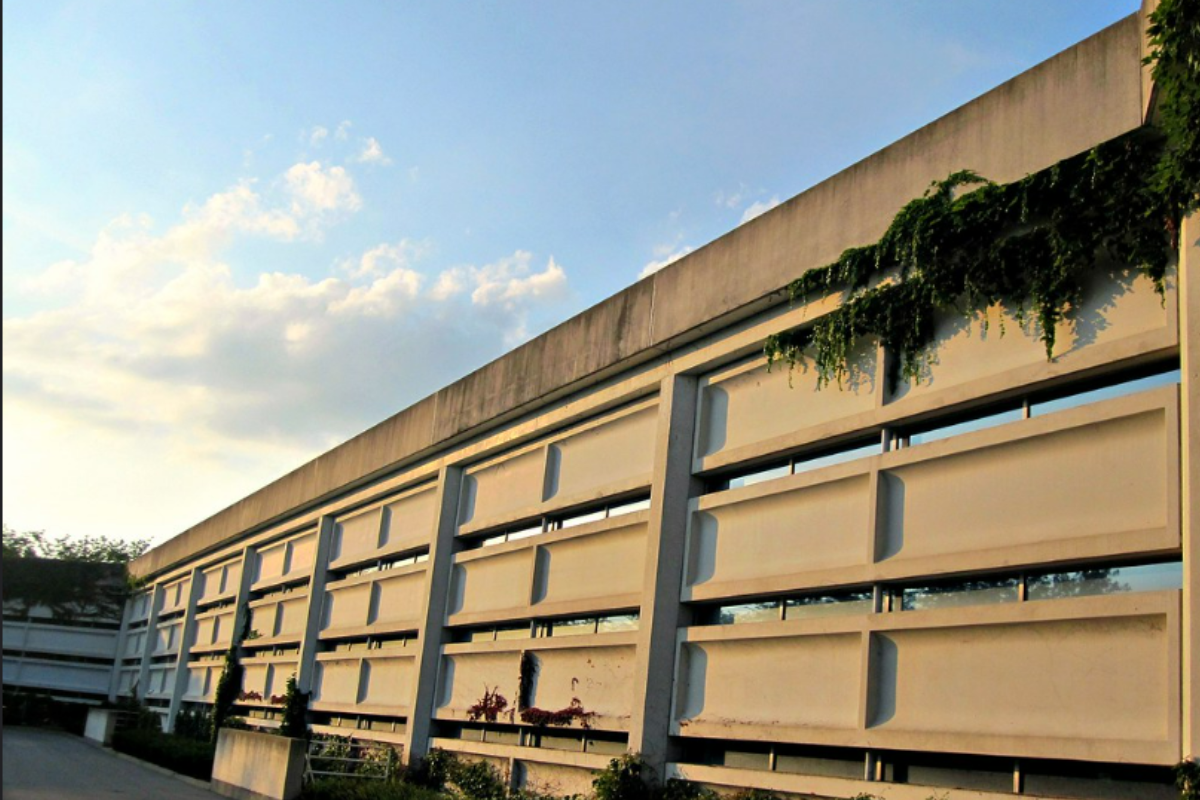
The Cummins headquarters boasts a striking glass façade reflecting the cityscape and sky. Designed by Kevin Roche in 1984, the building features an entire glass-enclosed atrium that serves as the social heart of the complex.
Workers enjoy abundant natural light and outdoor views, a concept revolutionary in corporate architecture when the building was completed.
Columbus Regional Hospital
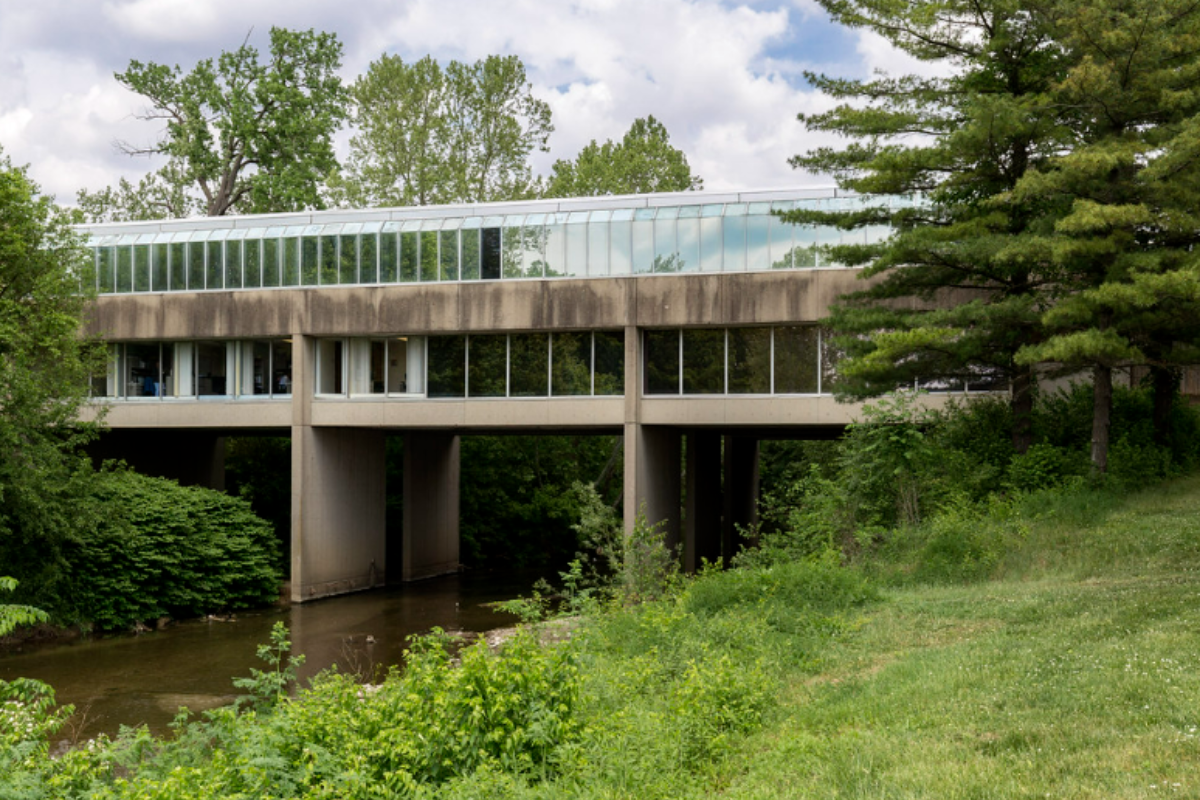
This healing environment features walls of glass that bring nature directly into patient recovery spaces. Designed by Robert A.M. Stern in 1992, the hospital’s innovative use of glass helps create a therapeutic environment that connects patients with the healing power of natural light and views.
Research has shown that such design elements can reduce recovery times and improve patient outcomes.
Like Travel Pug’s content? Follow us on MSN.
The Republic Newspaper Building
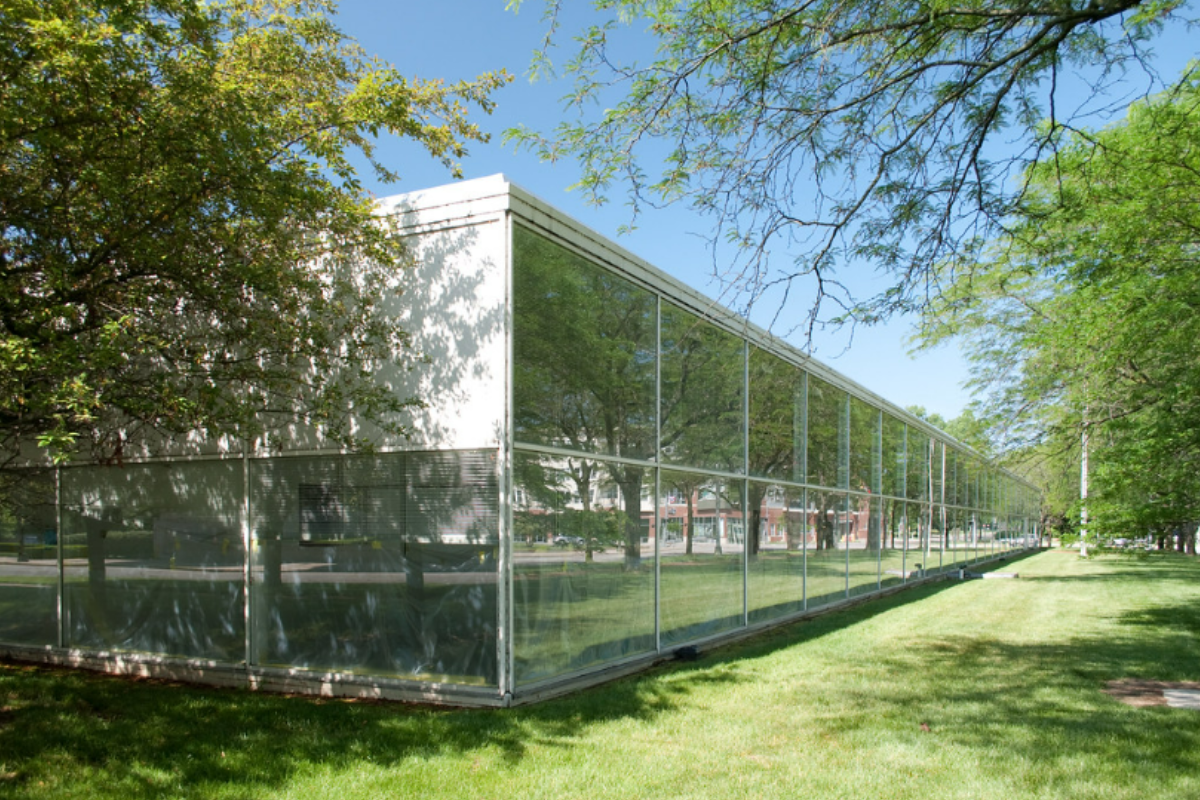
The Republic building features a completely transparent glass box for its main facade, revealing the inner workings of the newspaper to passersby. Designed by Myron Goldsmith in 1971, this structure embodies transparency in both a literal and metaphorical sense.
The building’s glass walls serve as a physical manifestation of the newspaper’s commitment to openness in reporting.
Irwin Union Bank
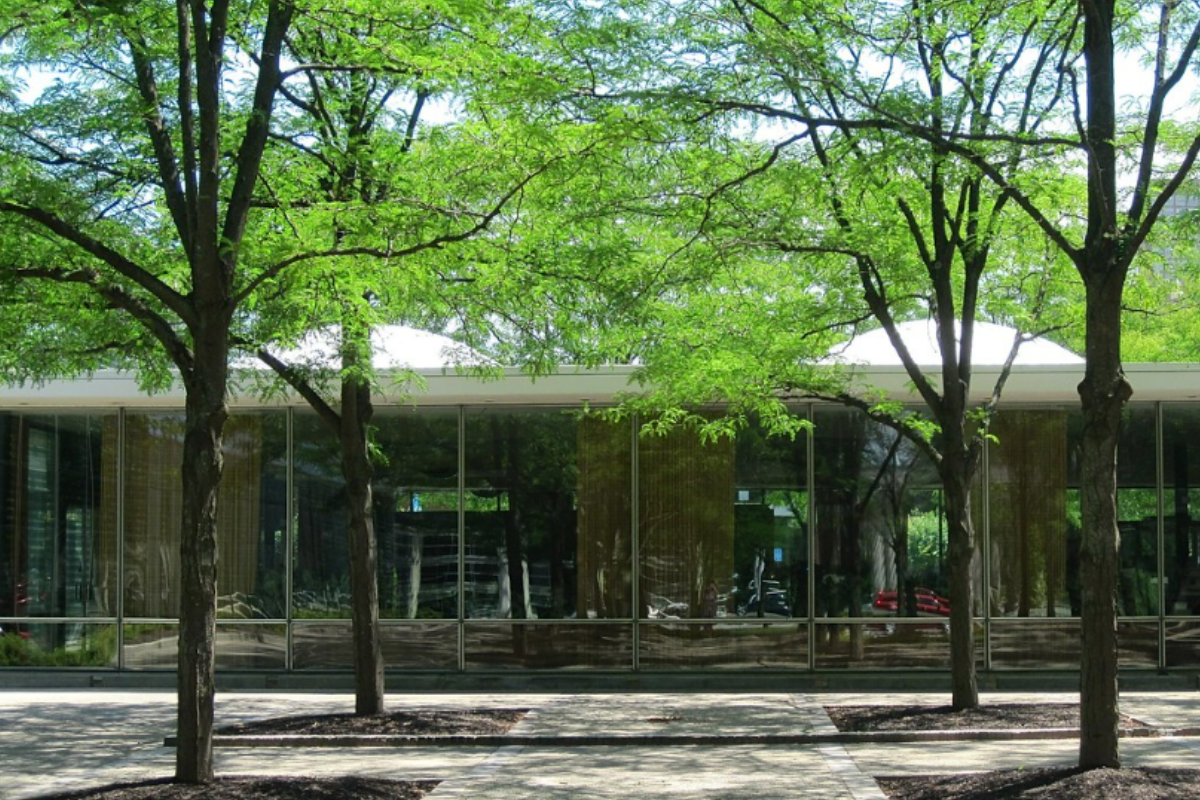
This pioneering glass bank building eliminated the traditional imposing facade in favor of transparency and accessibility. Designed by Eero Saarinen in 1954, the structure features glass walls that allow customers to see all banking activities from the street.
This revolutionary design transformed banking architecture across America by emphasizing openness rather than security and monumentality.
Columbus City Hall

The City Hall features a dramatic glass atrium that serves as a physical symbol of governmental transparency. Designed by Edward Charles Bassett in 1981, the building uses extensive glass walls to create visual connections between different governmental departments and the public areas.
The design intentionally makes the workings of local government visible to citizens.
Like Travel Pug’s content? Follow us on MSN.
Fire Station No. 4
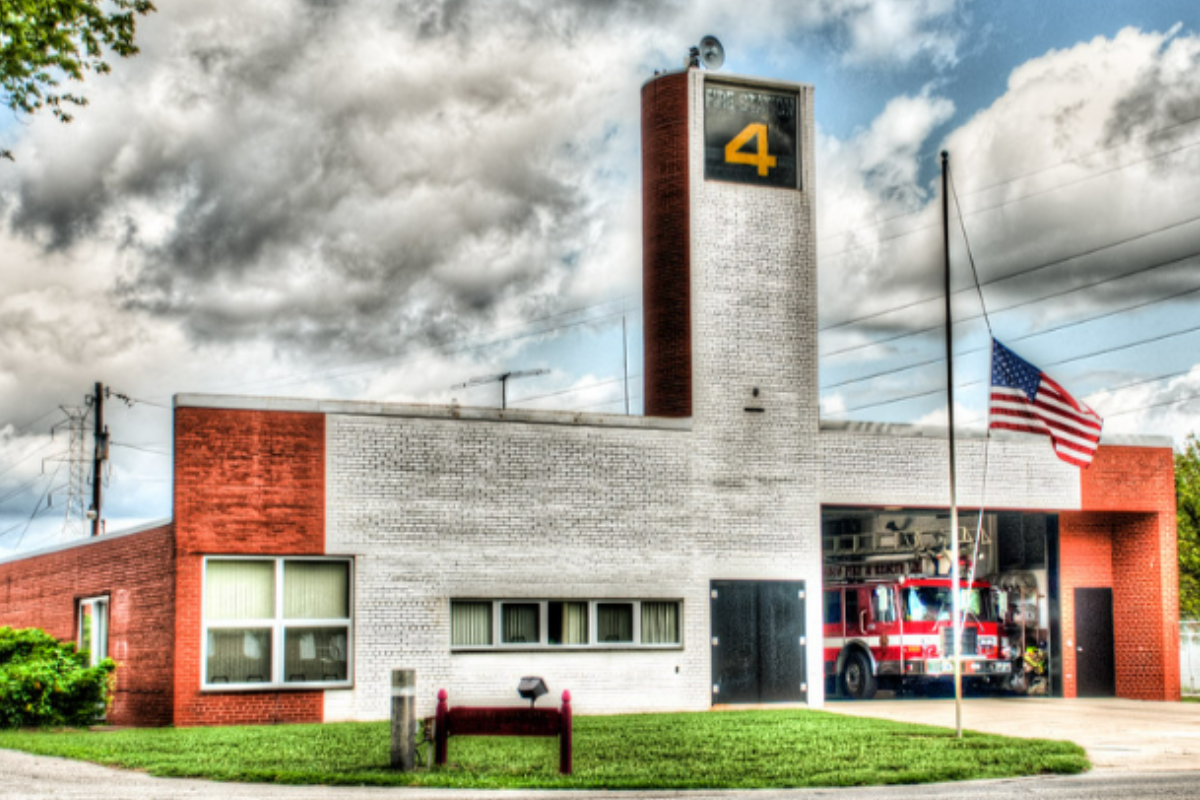
This innovative fire station features a glass apparatus bay that displays the community’s firefighting equipment. Designed by Robert Venturi in 1967, the station’s transparent design allows neighborhood children to see the trucks inside, creating both community connection and educational opportunities.
The glass walls also provide abundant natural light for the firefighters during their 24-hour shifts.
Cleo Rogers Memorial Library Plaza
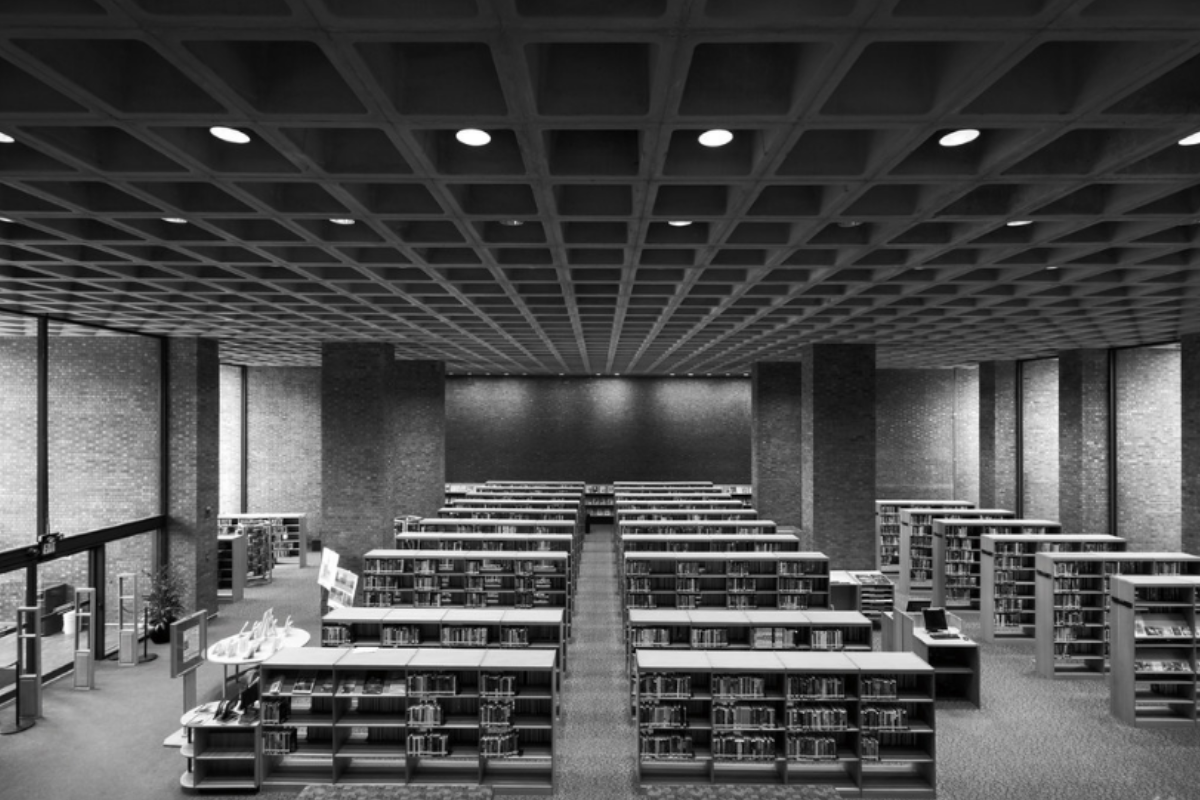
The plaza adjoining the library features glass pavement inserts illuminating underground exhibit spaces. Designed by I.M. Pei alongside his library, these glass elements create an interplay between the above and below-ground spaces.
Light filters through the glass pavers, creating dynamic patterns that change with the time of day and weather conditions.
St. Peter’s Lutheran Church
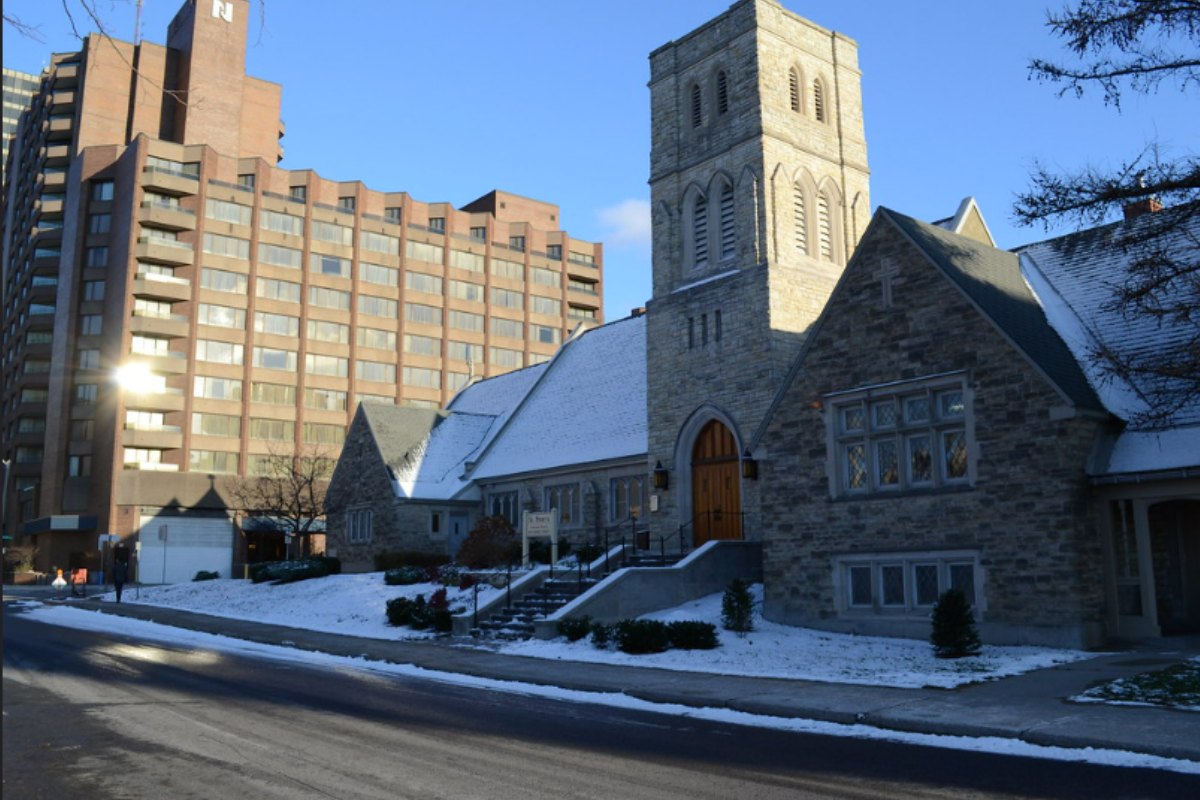
St. Peter’s features a massive glass wall behind the altar that frames the changing seasons as a backdrop to worship. Designed by Gunnar Birkerts in 1988, the church uses glass to create a direct connection between spiritual practice and the natural world.
The light quality changes dramatically with the seasons, making a living connection to the liturgical calendar.
Like Travel Pug’s content? Follow us on MSN.
The Inn at Irwin Gardens
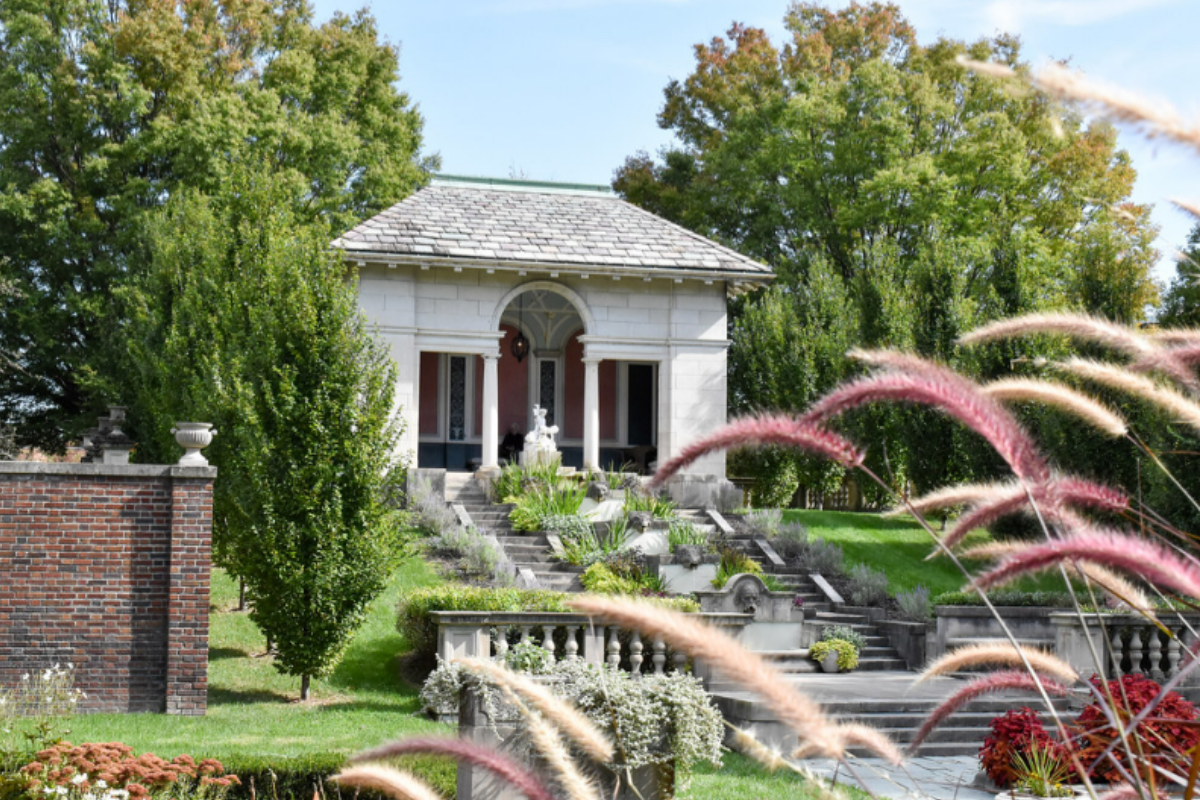
This historic mansion features a recently restored glass conservatory connecting interior living spaces to the formal gardens. Initially built in 1910 and renovated in 2009, the glass structure creates a transitional space between architecture and landscape.
Visitors to the inn can enjoy breakfast surrounded by greenery regardless of the weather or season.
Ivy Tech Community College Columbus Campus
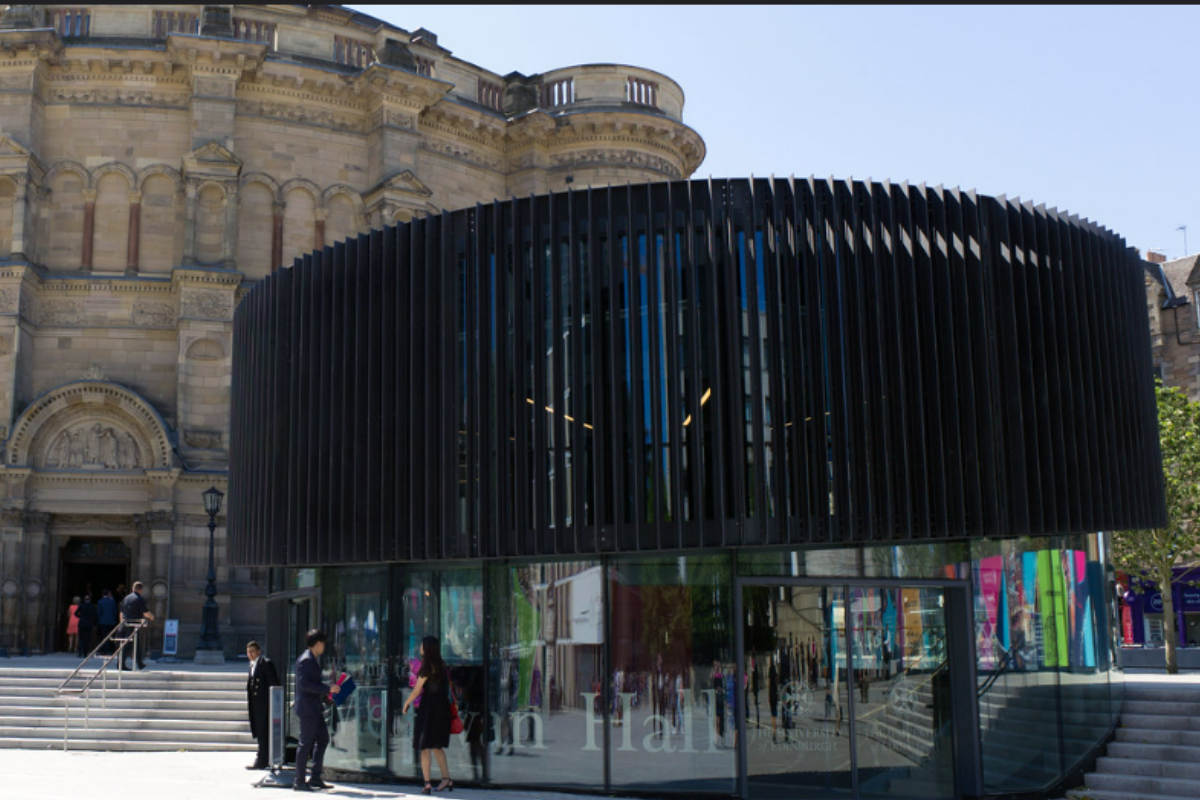
The campus features a dramatic glass entrance pavilion that serves as a beacon for students entering higher education. Designed by Kohn Pedersen Fox in 2011, the building’s transparent elements symbolize the opening of minds through education.
The glass facade reveals the activity within, making learning visible and celebrating education as a community value.
Lincoln Elementary School
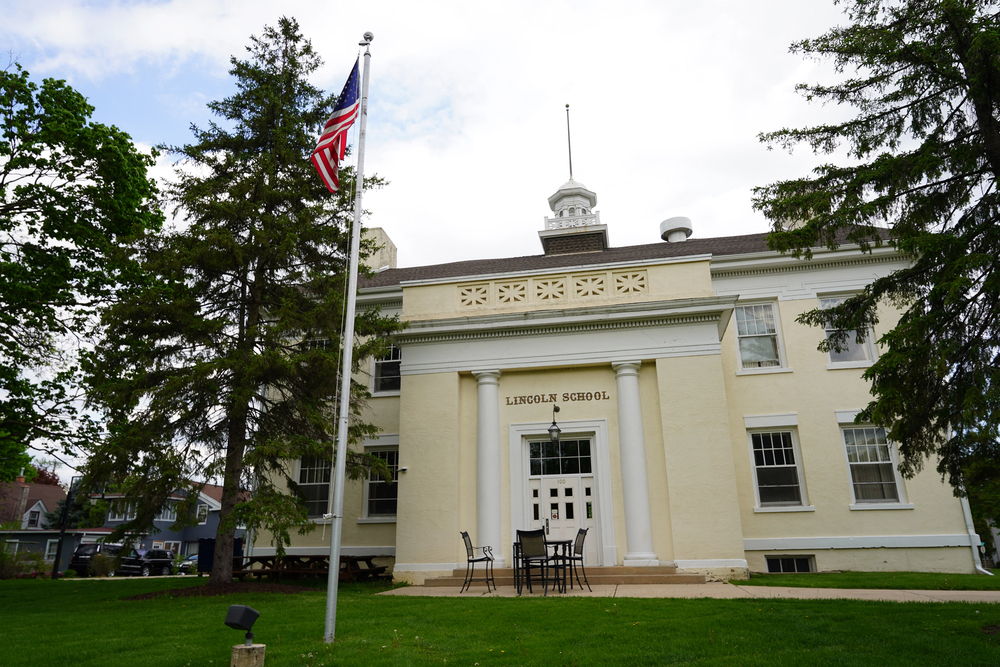
This innovative school features glass-walled classrooms that open onto a central courtyard garden. Designed by Gunnar Birkerts in 1967, the school’s abundant use of glass creates visual connections between different learning spaces.
The transparency promotes a sense of community among students while maintaining necessary acoustic separation between activities.
Like Travel Pug’s content? Follow us on MSN.
YES Cinema
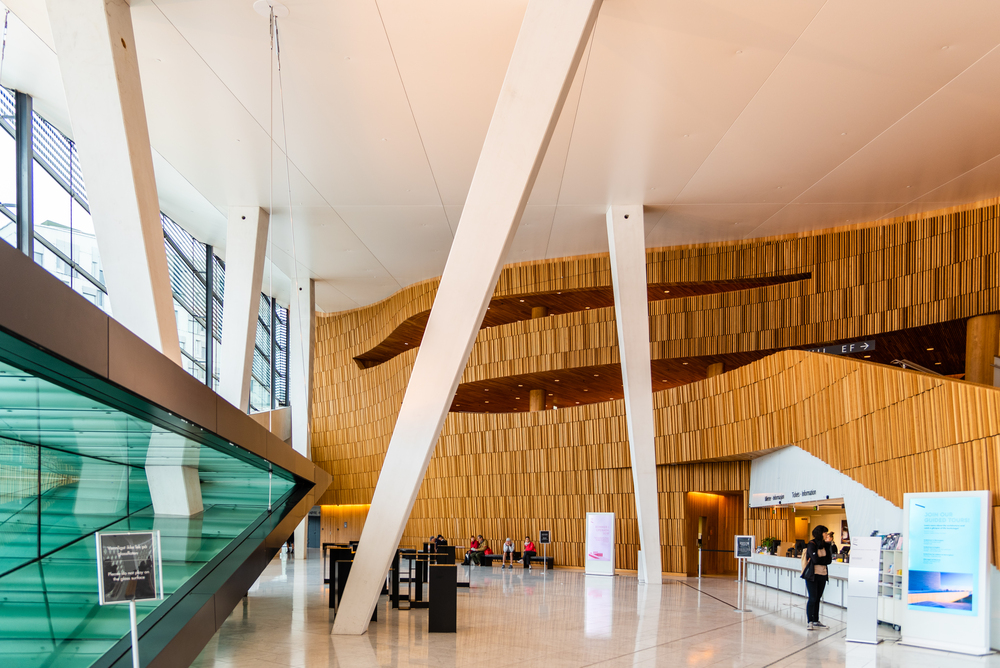
This independent theater features a fully glass lobby that turns the pre-movie gathering experience into a form of community theater itself. Renovated in 2004 by Ratio Architects, the cinema’s transparent street presence enlivens the downtown area even when films aren’t playing.
The glass facade reveals the social aspect of moviegoing, with waiting patrons becoming part of the downtown streetscape.
Mill Race Park Tower
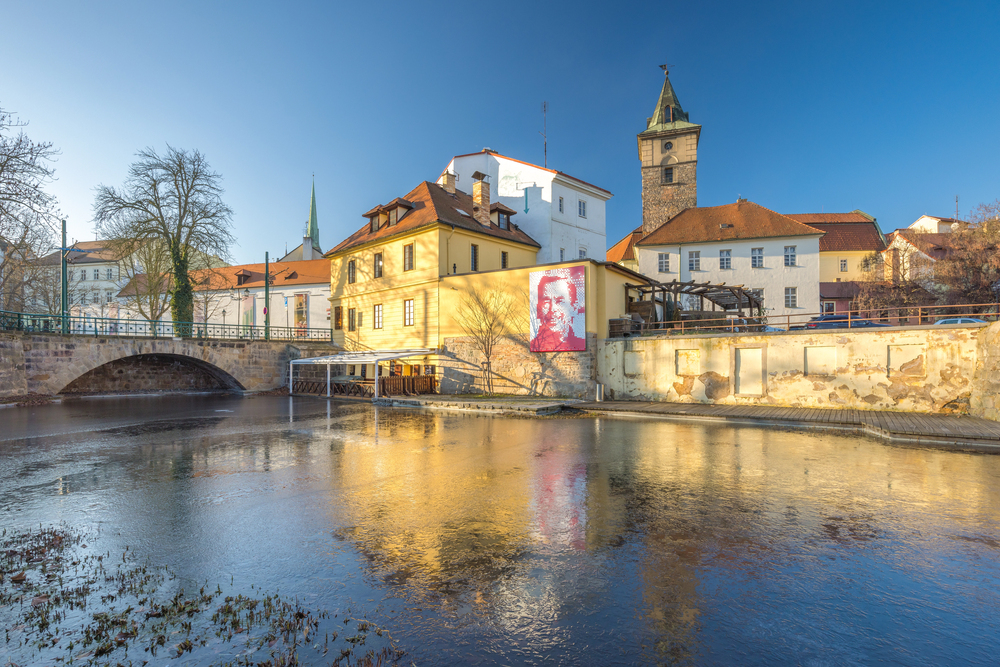
This park observation tower features a glass-enclosed viewing platform offering 360-degree views of the city and its architectural landmarks. Created by Stanley Saitowitz in 1992, the glass enclosure protects the landscape from elements while maintaining the sensation of being suspended.
Visitors can spot many of Columbus’s architectural gems from this vantage point.
Columbus Learning Center
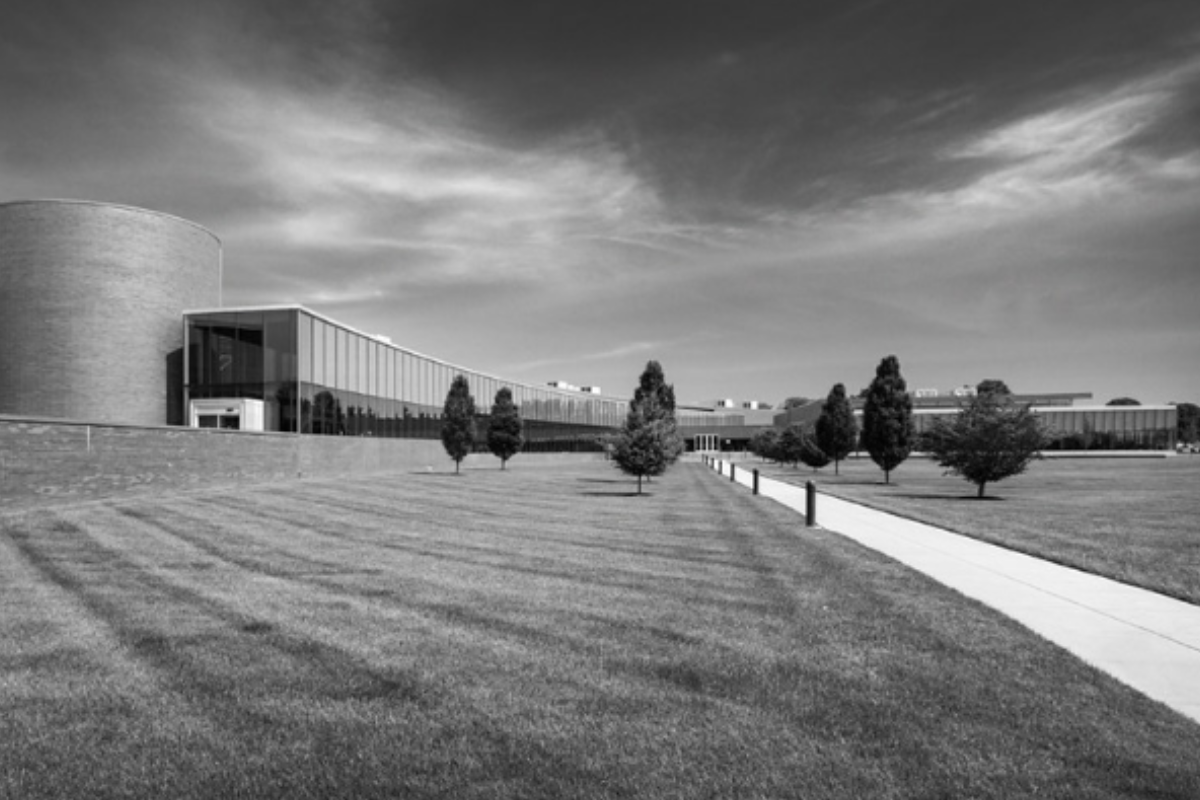
This educational facility features a glass-enclosed spine connecting three higher learning institutions. Designed by Kohn Pedersen Fox in 2005, the transparent connector serves as both a circulation space and an informal learning environment.
The glass corridor represents the connection between different fields of knowledge and educational approaches.
Like Travel Pug’s content? Follow us on MSN.
The Commons
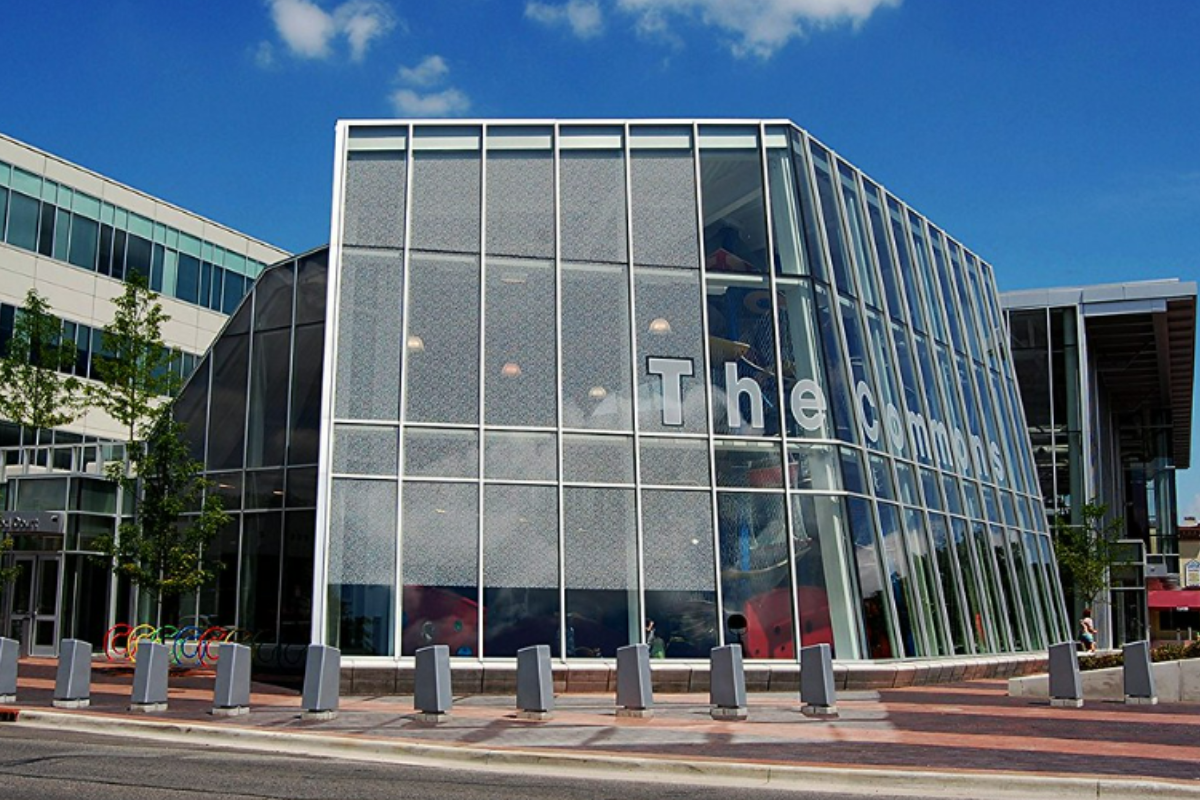
This community center features a soaring 30-foot glass facade that connects indoor and outdoor public spaces. Designed by Koetter Kim in 2011, the building’s transparent front makes indoor activities visible from the street, inviting participation.
The glass wall can be opened in favorable weather, allowing the farmers’ market to flow seamlessly between indoor and outdoor spaces.
The Enduring Legacy of Glass Innovation

Columbus continues to embrace architectural innovation through its commitment to commissioning forward-thinking buildings. The city’s collection of glass masterpieces spans nearly eight decades yet remains remarkably cohesive in celebrating transparency, light, and connection to landscape.
These structures have transformed a small midwestern city into an architectural destination that draws visitors from around the world. The next generation of Columbus architects is already exploring new applications of glass technology that promise to extend this remarkable tradition well into the future.
More from Travel Pug

- Cities Growing so Fast You Won’t Recognize Them in 10 Years
- 13 Destinations Where Tourists Regularly Regret Their Trip
- 20 Obscure WWII Sites Even History Buffs Don’t Know About
- 10 Under-the-Radar Mountain Towns That Are Both Affordable and Beautiful
- Remote Villages in Europe Where You Can Live for Free in Exchange for Work
Like Travel Pug’s content? Follow us on MSN.
